1. Introduction to Chicken Transport Cage
A Chicken Transport Cage is a specialized container designed to safely and efficiently transport live chickens, including broilers, layers, and breeders, from farms to processing plants, markets, or other facilities. The design of these cages prioritizes bird welfare, hygiene, ventilation, durability, and ease of handling.
As the poultry industry expands and modernizes, the demand for reliable and humane chicken transport solutions has increased dramatically. Chicken transport cages play a critical role in ensuring the health and safety of birds during transit, reducing stress and injury, and maintaining biosecurity.
Typically made from durable, lightweight plastic materials such as high-density polyethylene (HDPE), these cages are designed for repeated use, easy cleaning, and long service life. Their stackable design maximizes transportation efficiency, and their ventilation systems ensure proper airflow to maintain bird comfort.
This article provides an in-depth overview of chicken transport cages, including their specifications, features, benefits, practical applications, usage guidelines, maintenance, and answers to frequently asked questions.
2. Technical Specifications
2.1 Materials
High-Density Polyethylene (HDPE): Preferred for its durability, chemical resistance, and UV stability.
Polypropylene (PP): Used in some designs for enhanced flexibility and toughness.
Food-grade plastics: Ensure the safety of live animals and compliance with hygiene standards.
2.2 Dimensions
Chicken transport cages come in various sizes to accommodate different bird types and transportation needs.
Standard Cage | 800 - 900 | 550 - 600 | 250 - 300 | 8 - 12 broilers |
Large Cage | 950 - 1000 | 600 - 700 | 300 - 350 | 12 - 16 broilers |
Small Chick Cage | 600 - 700 | 400 - 500 | 200 - 250 | 15 - 20 chicks |
2.3 Load Capacity
2.4 Structural Design
Ventilation holes: Strategically placed on all sides to provide airflow and maintain bird comfort.
Stackable corners: For secure stacking during transport.
Doors: Options include sliding doors, flip-up lids, or front-opening doors for easy access.
Smooth interior: Prevents injury and allows easy cleaning.
2.5 Weight
2.6 Color Options
Available in various colors such as white, yellow, red, and blue, often UV stabilized for durability.
2.7 Temperature Resistance
3. Key Features
3.1 Durability and Strength
Constructed from industrial-grade plastics, chicken transport cages resist cracking, impact, and deformation even under heavy stacking and repeated use.
3.2 Optimal Ventilation
Well-designed perforations ensure continuous airflow, reducing heat stress and maintaining air quality, which is crucial for bird welfare during transportation.
3.3 Bird Safety
Smooth, rounded edges and internal surfaces minimize risks of injury, feather damage, or discomfort during loading, transit, and unloading.
3.4 Hygiene and Easy Cleaning
Non-porous surfaces prevent bacterial buildup, facilitating efficient cleaning and disinfection with pressure washers and chemical agents.
3.5 Stackability and Space Efficiency
Stackable design maximizes the use of truck or storage space, lowering transportation costs and improving logistics efficiency.
3.6 Lightweight and Portable
The cage’s lightweight construction enables easy manual handling by workers, increasing loading and unloading efficiency.
3.7 Weather Resistance
UV stabilization and corrosion resistance ensure cages maintain their integrity and appearance even under prolonged exposure to sunlight and harsh weather.
3.8 Customizable Door Options
Available with various door styles, including sliding and flip-up doors, enabling flexible handling based on operational needs.
4. Advantages of Chicken Transport Cages
4.1 Improved Bird Welfare
Proper ventilation, spacious design, and safe materials reduce stress, injuries, and mortality during transportation.
4.2 Enhanced Biosecurity
Plastic cages do not absorb moisture or pathogens and are easy to sanitize, reducing the risk of disease spread.
4.3 Cost-Effectiveness
Durable materials and long lifespan reduce the need for frequent replacement compared to wooden or metal crates.
4.4 Increased Operational Efficiency
Stackable design and lightweight structure streamline loading, transport, and unloading, reducing labor costs.
4.5 Versatility
Suitable for a variety of birds and transportation contexts, from farms and hatcheries to processing plants and markets.
4.6 Environmentally Friendly
Reusable and recyclable materials reduce waste associated with single-use crates.
5. Applications
5.1 Commercial Poultry Farms
Efficiently transport broilers, layers, and breeders within and outside farm premises.
5.2 Hatcheries
Move day-old chicks safely from hatching facilities to farms.
5.3 Processing Plants and Slaughterhouses
Facilitate the movement of live birds for processing with minimal stress.
5.4 Live Bird Markets
Used for display and sale of live chickens in retail settings.
5.5 Transport Companies
Critical for logistics firms specializing in live animal transportation.
5.6 Veterinary Clinics and Quarantine Centers
Ensure safe transport of sick or quarantined birds.
6. Usage Instructions
6.1 Preparation
Inspect cages for damage and cleanliness.
Disinfect cages before and after use.
Label cages for easy identification if needed.
6.2 Loading Birds
Handle birds calmly and gently.
Avoid overcrowding; adhere to capacity guidelines.
Securely close doors to prevent escape.
6.3 Transport
Stack cages properly to avoid shifting.
Ensure ventilation is not obstructed.
Avoid prolonged exposure to extreme temperatures.
6.4 Unloading
6.5 Post-Transport Cleaning
Remove all debris and waste.
Use pressure washers and approved disinfectants.
Allow cages to dry completely before reuse.
7. Maintenance and Care
Regularly inspect for cracks or damage.
Repair or replace broken cages promptly.
Store cages in a clean, dry environment.
Avoid stacking too high during storage to prevent deformation.
8. Buying Guide
8.1 Assess Your Needs
8.2 Material Quality
8.3 Size and Capacity
8.4 Design Features
8.5 Supplier Reliability
9. Frequently Asked Questions (FAQs)
Q1: How many chickens can one transport cage hold?
A1: Typically 8–12 broilers or equivalent sizes based on cage dimensions.
Q2: What materials are best for chicken transport cages?
A2: HDPE is preferred for durability, safety, and hygiene.
Q3: Are plastic cages better than wooden or metal ones?
A3: Yes, plastic cages are lighter, easier to clean, and more resistant to corrosion.
Q4: Can these cages be stacked during transport?
A4: Yes, they are designed for secure stacking to maximize space.
Q5: How do I clean chicken transport cages?
A5: Use high-pressure water and approved disinfectants; ensure thorough drying.
Q6: Can these cages be used for other poultry species?
A6: Yes, they can accommodate layers, breeders, ducks, and other birds with suitable size adjustment.
Q7: What is the lifespan of a chicken transport cage?
A7: With proper care, cages can last 8–10 years or longer.
Q8: How to prevent bird injuries during transport?
A8: Use cages with smooth edges, avoid overcrowding, and ensure adequate ventilation.
10. Conclusion
Chicken transport cages are indispensable tools in modern poultry farming, offering safety, efficiency, and hygiene in bird transportation. Selecting the right cage improves bird welfare, reduces operational costs, and supports biosecurity. By understanding cage features, usage guidelines, and maintenance, poultry producers can optimize their transport processes and meet industry standards.
Company Profile
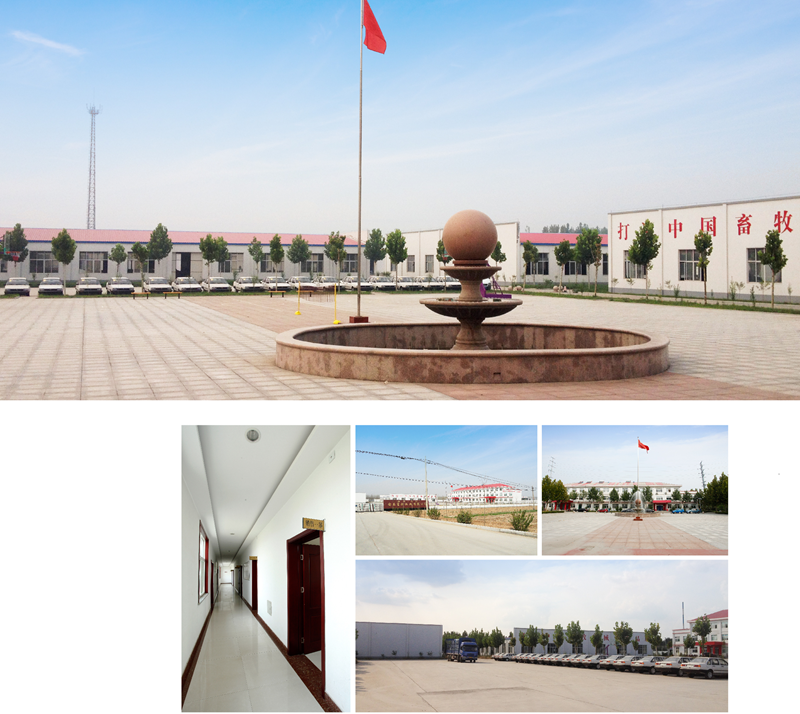
Shandong Huimin Qinle Livestock Machinery Co., Ltd. (formerly Shandong Huimin Qinle Livestock Machinery Factory) is a professional poultry equipment manufacturer with over 20 years of experience. We offer a comprehensive service package, from design (land and chicken coops), production (equipment and prefabricated steel coops), installation, commissioning, customer training, and after-sales service.
Located in Huimin County, Binzhou City, Shandong Province, China, the company has extensive experience in mechanical processing and manufacturing, as well as livestock machinery production and operation. With fixed assets of RMB 15 million, the company employs 160 people, including 30 R&D staff, and occupies a 40,000-square-meter factory. Equipped with over 110 pieces of advanced precision production equipment, including CNC machining centers and laser cutting machines, the company boasts a production capacity of RMB 50 million.
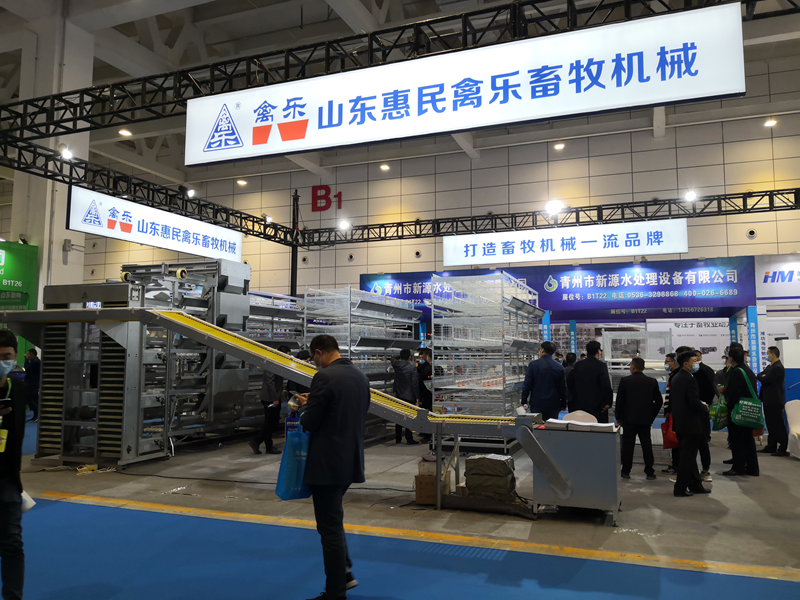


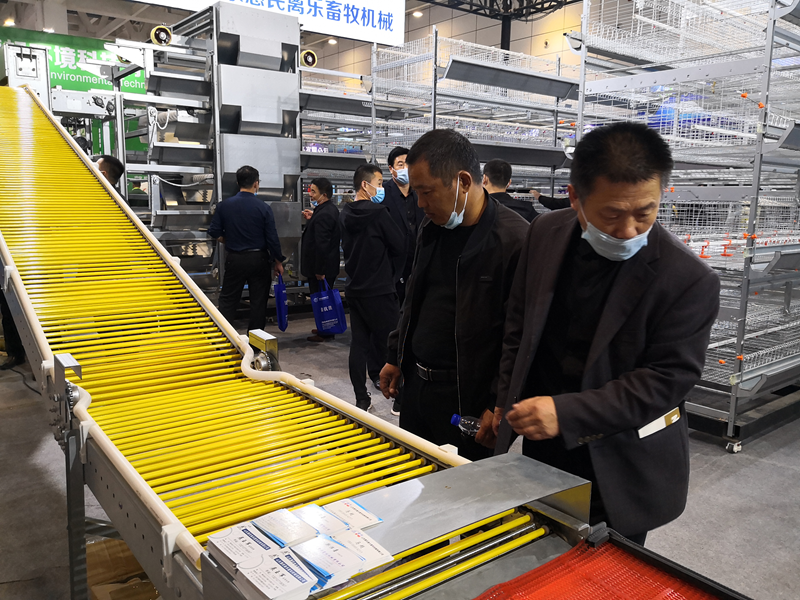
Chicken Farming Equipment Mesh Production Workshop

Machining Workshop

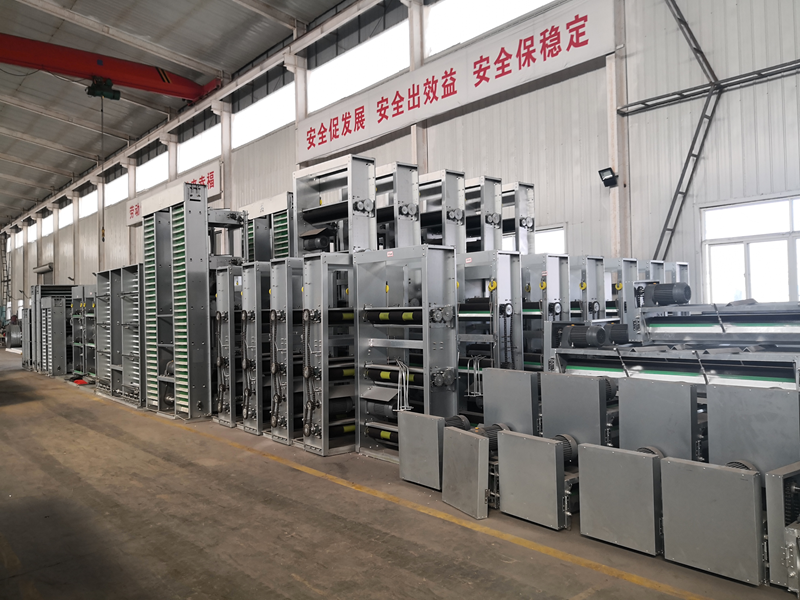
Turret-type CNC Punch Press, Laser Cutting and Other Machining Equipment



Fully Automated Roll Forming Production Line

Hot-dip Galvanizing Production Line

Electroplating Production Line

Environmental Protection Equipment

Chicken Farming Equipment Product Series
Egg-laying Hen Farming Equipment
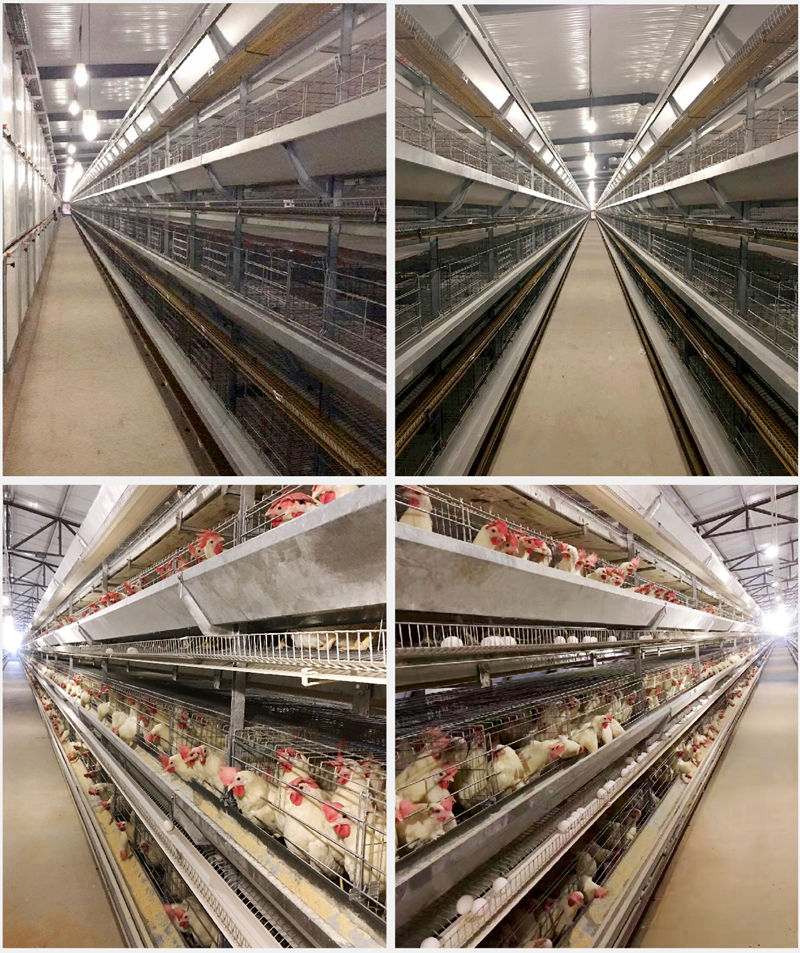
Stacked Brooding Cage Equipment

Stacked Broiler Cage Equipment
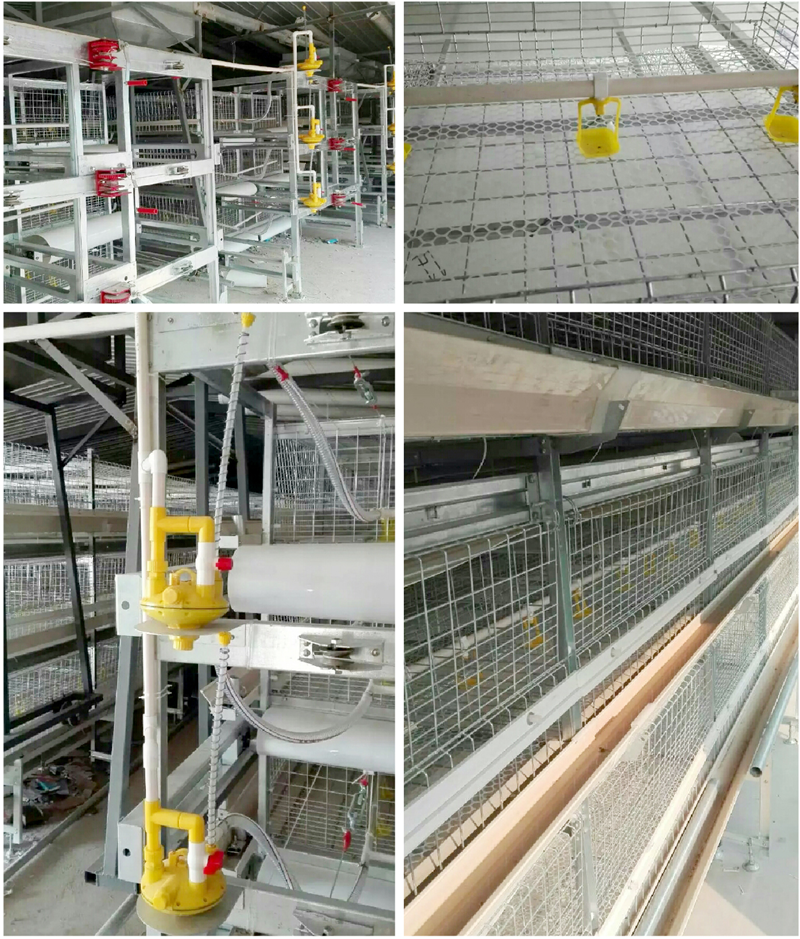
Stepped Layer Hen Cage Rearing Equipment
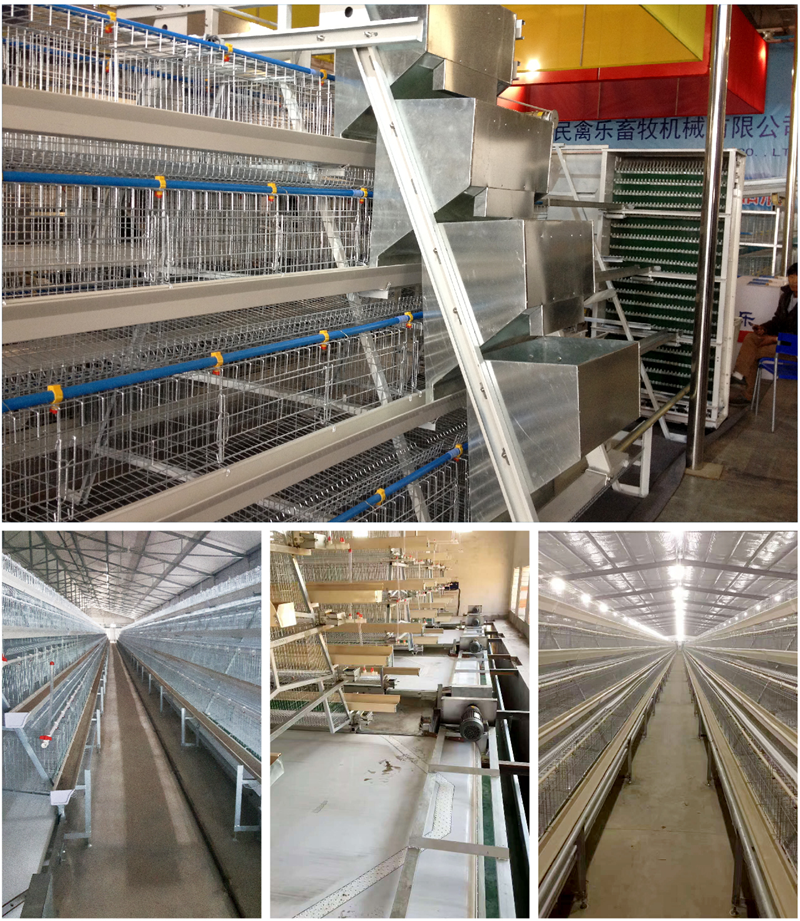
Automatic Egg Collection System

H-type Cage Feeding Machine
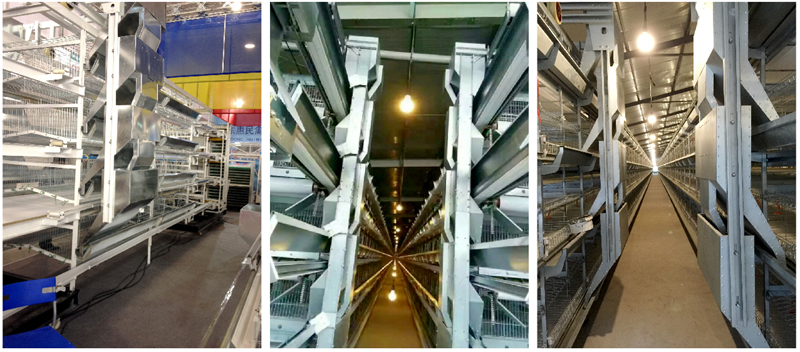
Stepped Cage Straddle Feeder
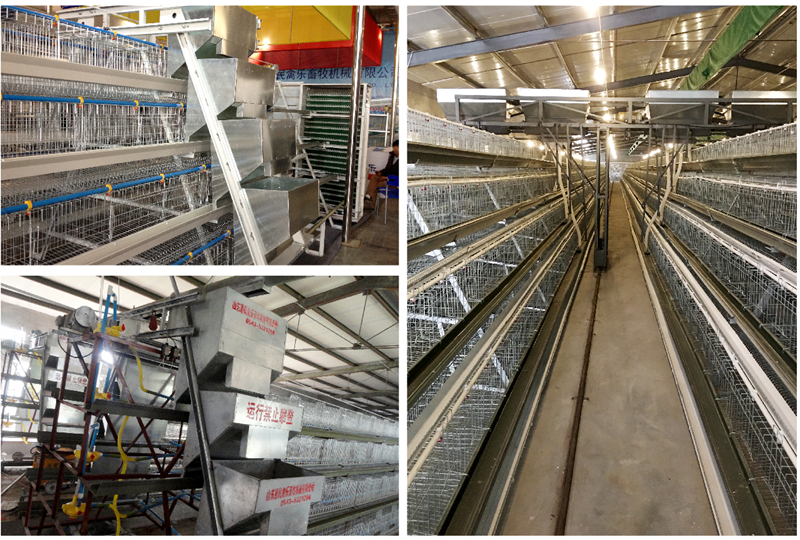
Manure Removal Machine

Fans, Heated Curtains, Environmental Control Systems, and Lighting Equipment
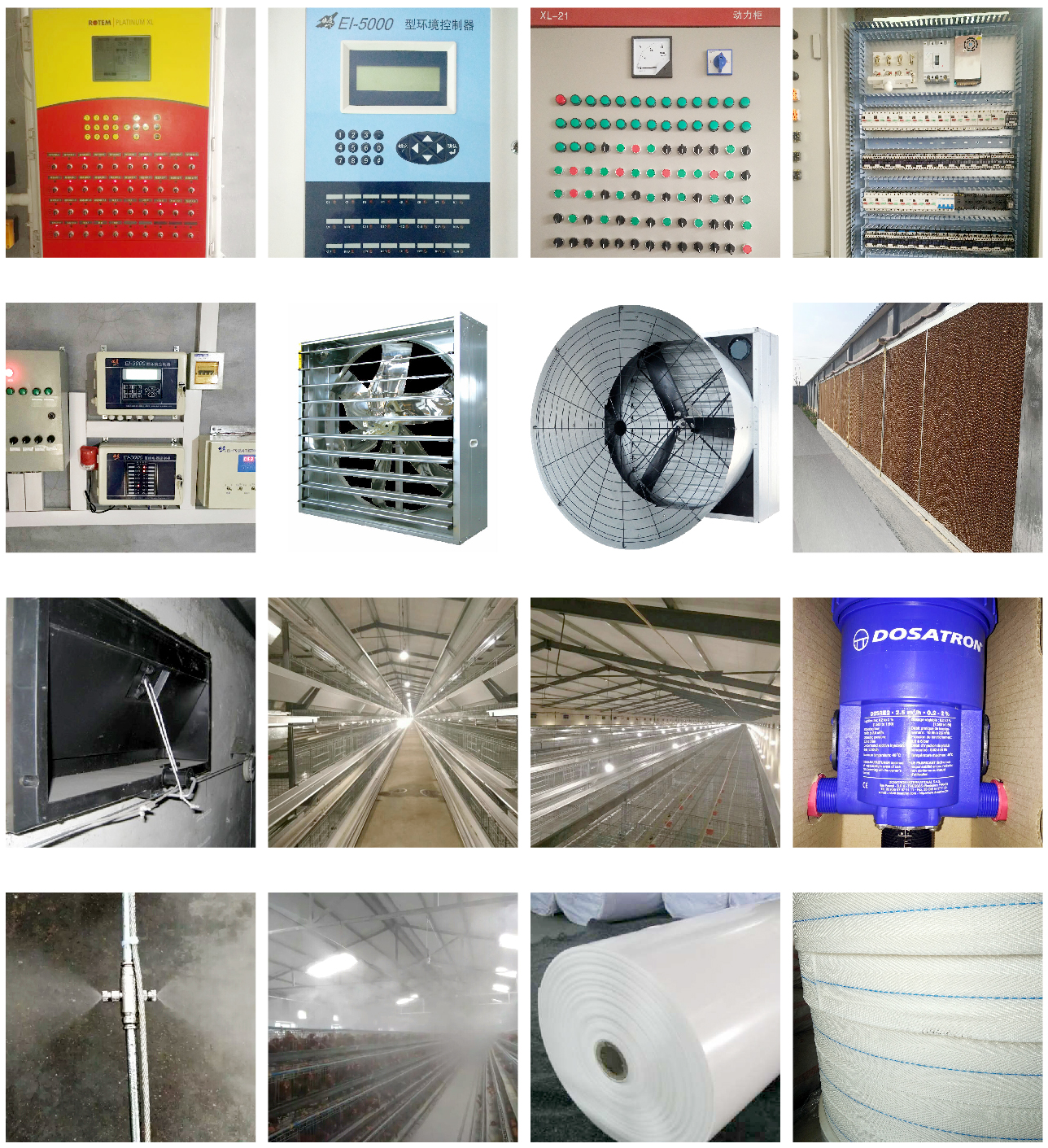
Complete Set of Equipment for Organic Fermentation Treatment of Manure


 Catalogue
Catalogue






























 WhatsApp
WhatsApp Phone
Phone